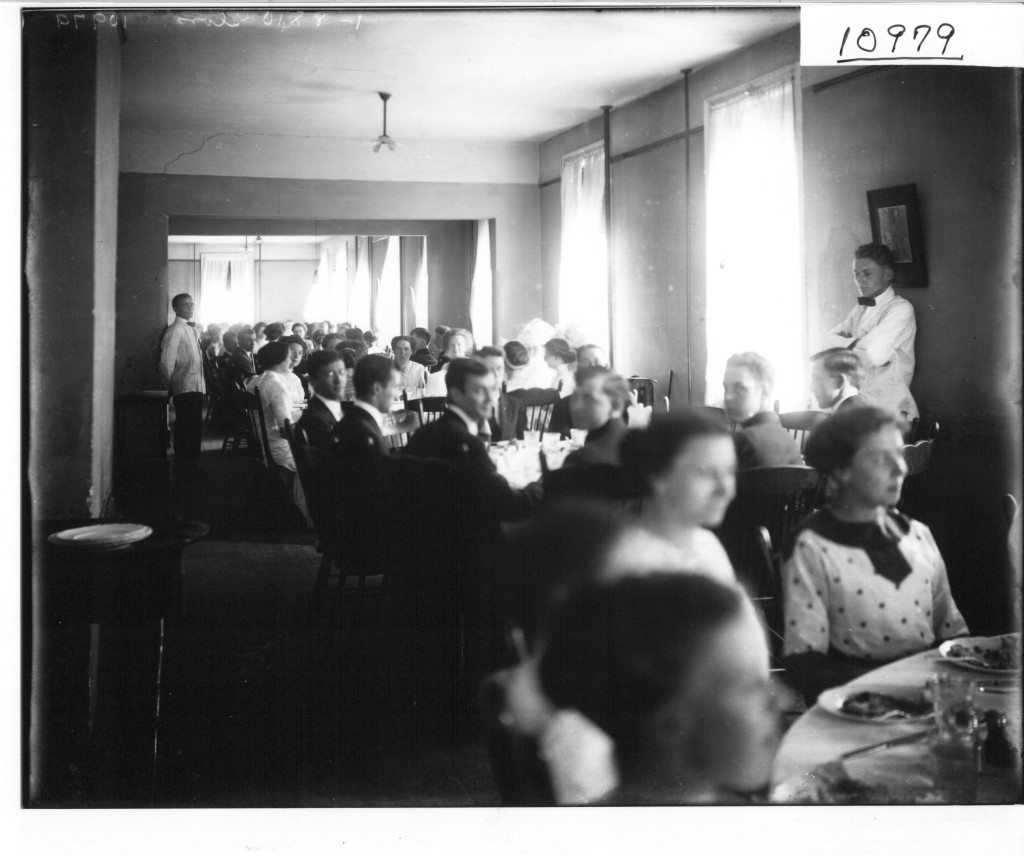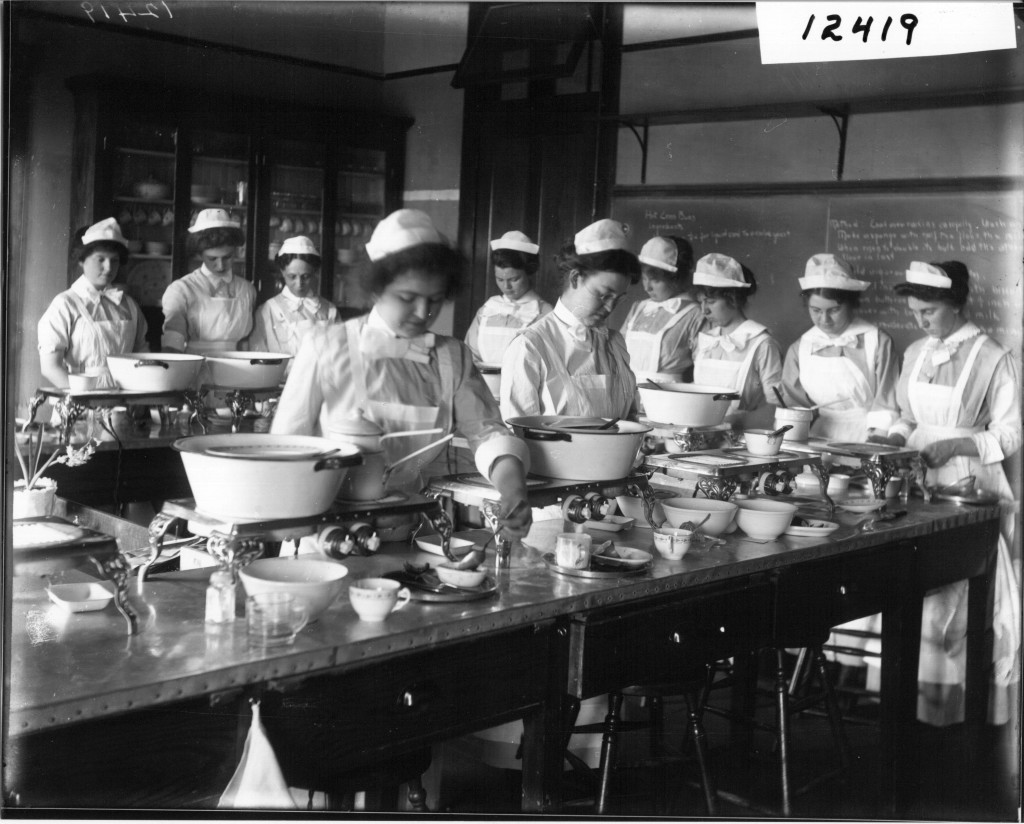Imagine yourself making the hangover induced pilgrimage to your favorite dining hall for some, hopefully, quiet Sunday brunch. Only to find that your go-to bacon and eggs have been replaced by cold meats and wheat flour biscuits…. Absolutely not.

Gif courtesy of giphy.com
With a plate stacked high of assorted clammy meats and crumbly biscuits, you shuffle to find a seat to eat your barely-passable-as-food meal, only to find that the tables are draped with white linens and fine china while a stewardess waits on you hand and foot. No, this isn’t a dream, it’s a bad trip that has inexplicably made you believe it’s the year 1809.
The dinning hall experience has changed enormously since Miami and countless other universities opened their doors in the early 1800s. Some of the former customs have rightly gone away with time, while others are, unfortunately, not around today.
Alcohol was prevelant.

Gif courtesy of giphy.com
There was wine. Unregulated (for the most part), uninhibited, and unlimited. Served with breakfast, lunch, and dinner, wine was a staple of the college dinning hall well into the 1900s. Out with the old and in with the new. Or is it the opposite? Swap your modern wine Wednesdays with the girls for wine every god damn day. Are you sure you go harder than your grandparents? Could you handle slapping the bag before each meal?
Servants and silverware.

Photo courtesy of Miami University Libraries Digital Collections
You know how your mom goes all out on setting the table at Thanksgiving or Christmas? That was how fancy tables were arranged. Crisp white linens, salad plates, 14 items of silverware (none of which you know what to use with each course), etc.
Students attending university in the 1819 were treated like royalty, kinda like if your mom came to college with you and never left you alone. The staff at the dining halls were expected to complete every task, from pushing you into the table to busing it. Totally necessary… I get winded walking to the tray return line sometimes too.
Oh, and don’t even think about sitting with your buddies. Seats were assigned for every meal based on family’s social class. Thankfully this wealth-shaming became irrelevant when dinning halls began to switch to a more classic cafeteria style.
Trading credit hours for chopping.

Photo courtesy of Miami University Libraries Digital Collections
At several universities during the 1910 academic year, namely James Madison University, students were permitted to actually receive credit hours for working in the dinner halls. Many women who did have the privilege to attend college, essentially were sent to school to become “good house keepers”. Going to college for four years for a major just to become a good wife? No thanks.
The MRS degree was a very real topic of debate. Julia Roberts covers this issue in the cult classic Mona Lisa Smile. (Don’t worry, it’s on Netflix).
Mandatory employment was a big thing.

Gif Courtesy of Giphy.com
The strain that World War II placed on America, was felt from all over the country, including college campuses. At Sarah Lawrence College, a majority of the staff left to begin work in the defense industry, leaving kitchens under staffed. Students were required to fill in these gaps. As if college wasn’t enough of a summer camp already, surrounded by peers with rare sightings of real life adults, imagine a whole community of “kids”.
There were eating clubs.

Gif courtesy of Giphy.com
Many fraternities on college campuses are defined by there “childish exclusion of others, excessive alcohol consumption” and a constant stream of media scandals. But at Universities such as Williams College, established in 1763, these houses were the epicenter for a cause much more honorable than beer pong: breakfast, lunch, and dinner. Due to a lack of funding (and in my opinion common sense) the schools did not create halls for the students to eat at. This led to the creation of “eating clubs”, later branded as fraternities, to provide the students with meals.
There once upon a time fraternities that didn’t revolve around date parties and bad choices, and rather were designed simply to act in replacement of a dining hall? How can this be?
Even former President James Garfield, member of the Delta Upsilon Fraternity at Williams, would send letters home raving about the fresh oysters and clams. Way to keep it classy Mr. President.
Out of the changes listed, it’s safe to say most college students would be thrilled to see the addition of alcohol in the soda dispenser. Of course, a servant to bus the table once you’re done wouldn’t hurt either.


